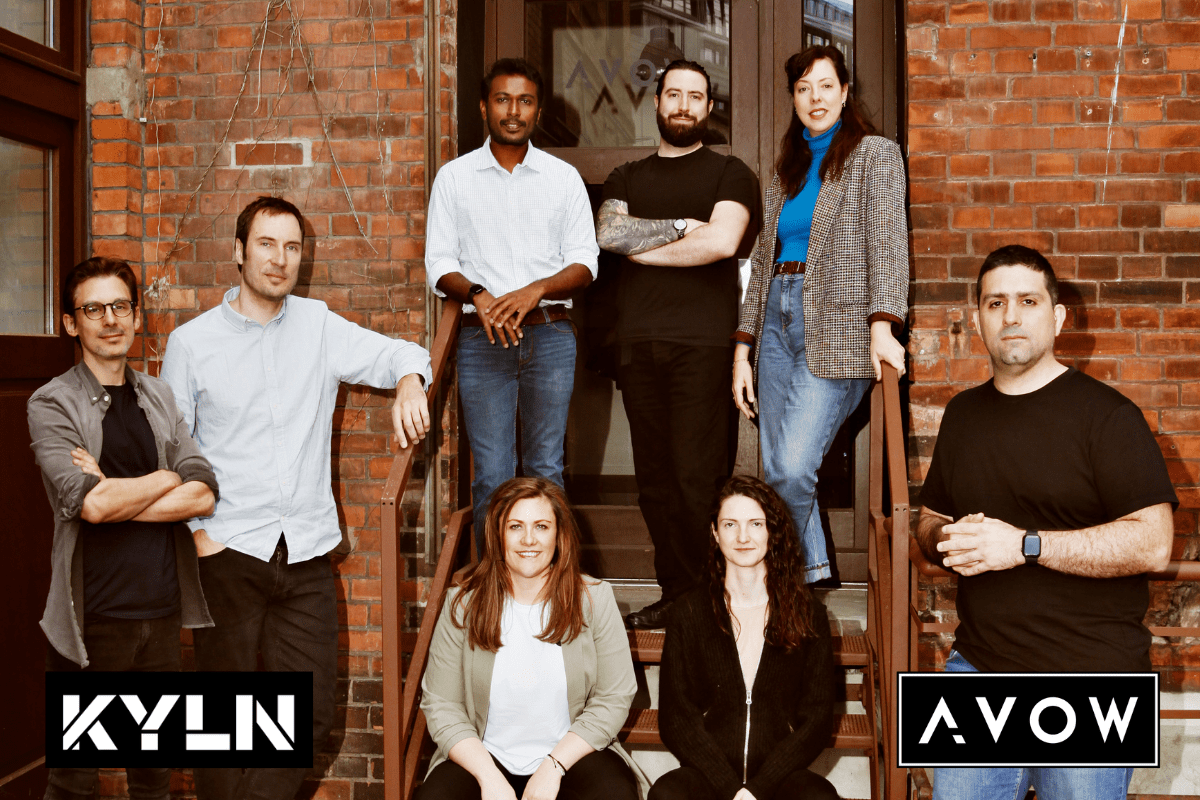Combine gaming and non-gaming app marketing best practices to rocket your results

- Monday, April 29th, 2024
- Share this article:
By Mike Rhodes
Mobile gaming apps have been around longer than mobile phones.
Little wonder that mobile gaming app marketers take data seriously and analyze it constantly. They have been immersed in it for decades and have always viewed it as the lifeblood of their app business. Whether the aim was to drive downloads or optimize conversion rates, these marketers have consistently understood the importance of harvesting data from key channels and valuable players to improve performance.
As mobile games became more of a service and less of a pastime (a shift that paved the way for recurring revenues), these marketers have learned to leverage data to evolve titles, enhance narratives and grow audience appeal. They also pioneered LiveOps, an iterative process that allows teams to develop events in the digital realm—and in the real world—to market and monetize games to new and existing audiences.
Marketing your app like a boss
From architecting a process where product, marketing, and data analytics teams actively input into the campaigns and ad creatives to understanding the benchmarks and payback periods that will allow them to reach KPIs, gaming app marketers inject data into everything they do.
It’s a playbook that has allowed mobile gaming to rise to impressive heights. The latest data from data intelligence provider data.ai reveals gaming “remains the powerhouse of mobile spending.” In 2023, gaming accounted for a staggering $107.3 billion, or nearly 63% of total consumer spend in app stores.
Clearly, there are many overlapping techniques that non-gaming app marketers can learn from gaming app marketers to drive positive results for their apps.
- Adopt a more diversified platform strategy to acquire high-value users. This begins with understanding the channels where your users congregate and then determining how much you need to spend to hit performance targets.
- Devour industry data and benchmarks. Reading reports ensures you don’t drive your business blind. More importantly, understanding industry benchmarks equips you to estimate better how much of your budget you need to spend in order to set and hit your business KPIs.
- Commit to continuous content. Good games grab players’ attention. But great LiveOps keep audiences interested. Don’t be predictable, and resist the urge to release all your content—such as emails or notifications—at once. Research from Mistplay, the leading loyalty app and fast-growing media source for game publishers, shows players are more likely to accept ads if they are tied to progression in the game. It follows that your users might also appreciate advertising if it accompanies them on a journey to a goal, such as providing the option to unlock in-app points on the way to completing a purchase.
The bottom line: It takes exceptional abilities to find valuable users across a plethora of platforms and develop titles with commercial staying power, and gaming app marketers are growth gurus.
But the rules of the growth game are changing—fast.
Learning loyalty from non-gaming app marketers
The economics of the acquisition-first approach that allowed gaming app marketers to prioritize short-term wins over longer-lasting loyalty are shifting. Market saturation, macro-economic trends and a decreased appetite for risk among studios and their investors are forcing a business model rethink.
Gaming app marketers may have perfected top-of-funnel UA. But now, they must evolve that approach to drive engagement, not just clicks.
The good news: Gaming app marketers can find inspiration in the playbook non-gaming app marketers follow to educate audiences and turn occasional users into loyal customers.
The better news: Anh Nguyen—who made the personal journey from gaming app marketer (Rovio, Wargaming) to non-gaming app marketer (VP of Growth at Wolt, the on-demand delivery-you-anything giant)—shared his key learnings on a recent episode of AppCentric. The new series, powered by CMA, showcases champions joining up acquisition and engagement to achieve profitable and sustainable growth.
During our interview, Anh revealed some similarities—and differences—in the approaches gaming and non-gaming app marketers take to scaling their businesses.
Geography and growing pains
Gaming app marketers have cracked the code when it comes to iterating at the speed of change and rolling out titles and campaigns worldwide. In contrast, non-gaming app marketers are limited by logistics and the requirement for hyper-local marketing and messaging.
In his view, expanding to a new market doesn’t just require teams to add it to the dashboard. It’s a move that requires people on the ground to build connections with local suppliers and partners. And he should know—Wolt is now present in 25 countries. Ironically, effective marketing that spans countries and regions requires more know-how. It demands messaging that is relevant to smaller audiences based on where they live, local preferences and cultural nuances. Meeting this need has allowed non-gaming app marketers to become customer journey innovators, nudging and nurturing customers to interact with the app frequently. And we all know familiarity builds brand trust–the biggest prize of all.
Deeper is better
While Anh and I didn’t call it out the podcast, non-gaming marketers’ ace in the hole is their grasp of what it takes to personalize the customer journey and engage at every stage.
Unlike gaming app marketers who can reach millions of players by appealing to the universal desire for relaxation or escapism, non-gaming app marketers have had to develop approaches that draw on what users do in-app, on mobile and across the web to hyperpersonalize marketing and messaging.
These marketers are inspired by the seminal research that reminds us that it can cost five to 25 times more to attract a new customer than to retain an existing one. They recognize that LTV is the metric that far outweighs ROAS. For this reason, they do what it takes to understand users’ wants and needs at every stage of the journey and align efforts to ensure customers take the next step.
It’s a strategy that forces non-gaming app marketers to marry disparate data sources and signals to connect the dots in an otherwise fragmented view of the customer. But it has also equips these marketers to ask—and answer—the tough questions about their app audiences. What kind of message will propel my customers to take the next step? How does timing affect customers’ responses? The best non-gaming app marketers feed this data back into the process to refine existing customer journeys and innovate new ones.
The best of both worlds
Generally speaking, gaming app marketers are pros when it comes to analyzing ad spend, running A/B tests and tracking performance metrics. Non-gaming app marketers tend to take a broader view, focusing on loyalty, lifetime value, and driving engagement metrics beyond the install.
Both approaches have merit.
No matter the app you have—and regardless of how marketing channels evolve—you can be sure the willingness to experiment, test and learn will always be part of the playbook. Moreover, the effort you invest in keeping an open mind to new solutions to influence longer-term outcomes, not just short-term wins, will pay off in the end.
Listen to the full interview with Mike, Anh and Peggy on the AppCentric Marketing Podcast here.















